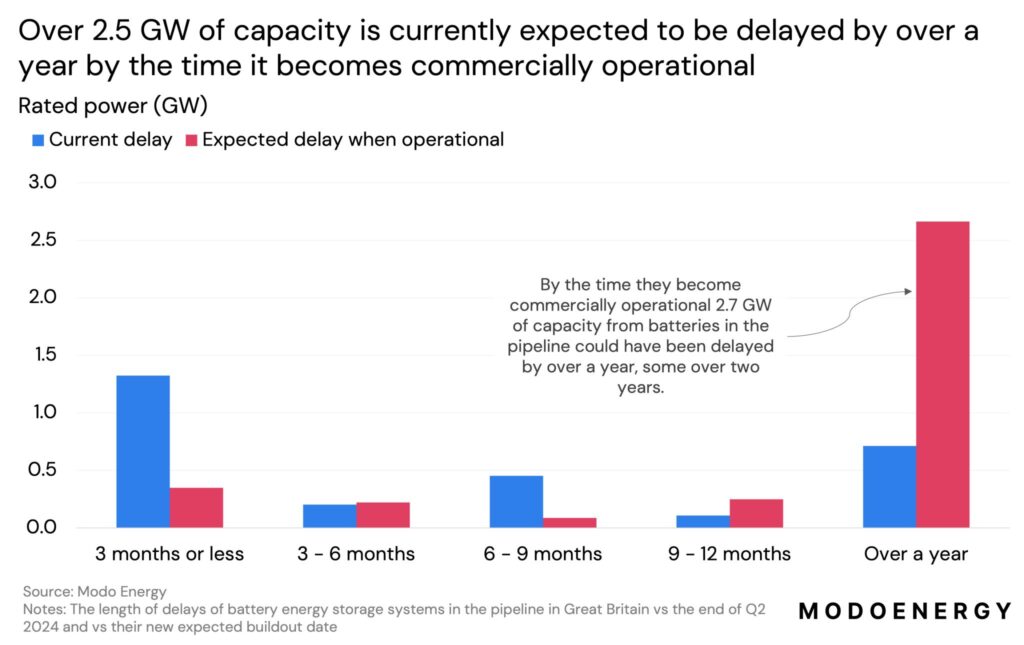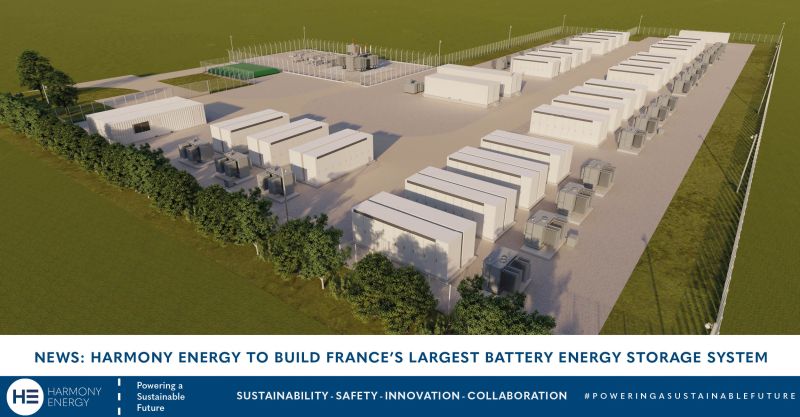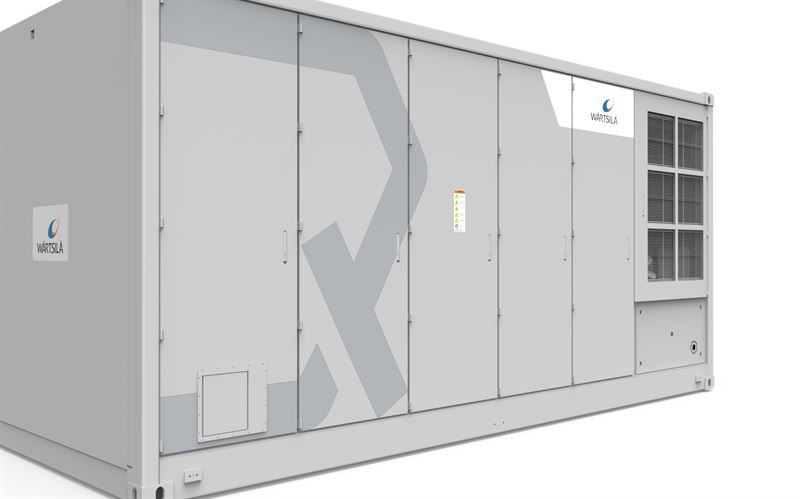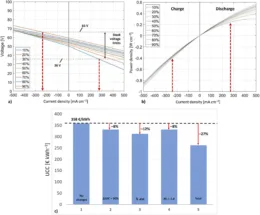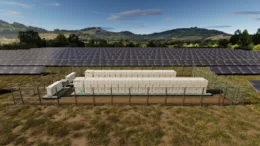Long-duration storage market to hit $223 billion in 20 years, says IDTechEx

Variable renewable energy (VRE) generation sources like solar and wind are expected to increasingly move toward being the dominant source of electricity globally by mid-century. With the variability of intermittent cycles of electricity generation provided by these sources, energy storage is needed to ensure a stable, balanced supply.
Demand response programs, distributed home batteries, vehicle-to-grid storage, community level batteries, and many other technologies will play a role in balancing the variable renewables-dominated grid. Along with these technologies is the rise in demand for long duration energy storage (LDES), which typically can store and dispatch electricity for six hours or more.
Growth modeling of market
A report from IDTechEx modeled growth with LDES, projecting that there may be a $223 billion global market by 2044. The report said this market growth will regionally happen at different rates. For instance, if California reaches its clean energy targets for 2035, it will have a 280% increase in the capacity of renewable energy compared to a 2023 baseline. Other key countries and US states expected to see rapid growth of VRE deployments include Germany, the United Kingdom, Italy, Australia, India, and Texas, according to the report.
“Increased VRE penetration will result in longer periods of time when energy is unavailable from these sources, and thus, LDES technologies will be required to dispatch energy over these longer timeframes,” said the report.
IDTechEx said that once a country or state’s electricity from VRE sources reaches about 45% of the energy mix, the average duration of storage of six hours or more becomes the most cost-optimal option. The report said this 45% threshold will be met on average globally by the late 2030s, though the previously-mentioned hot markets are expected to reach the milestone sooner.
Aside from pumped hydrogen, which is dependent on local running water sources, lithium-ion batteries dominate the global stationary energy storage market, said the report. However, IDTechEx notes that lithium-ion batteries are unlikely to have low enough capital costs for LDES applications.
To achieve a lower cost-per-kilowatt-hour, IDTechEx recommends technologies that allow for energy and power decoupling. It said this role could be served by redox flow batteries (RFB).
“To increase system capacity for RFBs, electrolyte volume and the size of electrolyte storage tanks can be increased, whereas changes to the cell-stack are only needed to increase power output,” said the report.
Liquid-air energy storage (LAES) as another alternative
IDTechEx said liquid-air energy storage (LAES) is another alternative that may come with cost advantages at scale.
“For LAES, the size of liquid-air storage tanks can be increased, while turbomachinery only needs to be scaled with power output,” said the report. “This results in faster and non-linear decreases in capex (on a $/kWh basis) for many of these LDES technologies as a function of duration of storage.”
Other technologies evaluated in the report include iron-air (Fe-air), rechargeable zinc batteries (Zn-air, Zn-ion, rechargeable Zn-MnO2, Zn-Br), high-temperature / molten-salt batteries, RFBs, (CAES), liquid-air energy storage (LAES), cryogenic / liquid-CO2 energy storage (LCES), alternative and underground pumped hydro storage (APHS), gravitational energy storage systems (GESS), thermal and electro-thermal energy storage (TES) and (ETES), and hydrogen.
The author of the report – Conrad Nichols, a technology analyst for IDTechEx – will host a free webinar on Feb. 8 titled “The Time for Long Duration Energy Storage is Coming.” The registration link can be found here.





